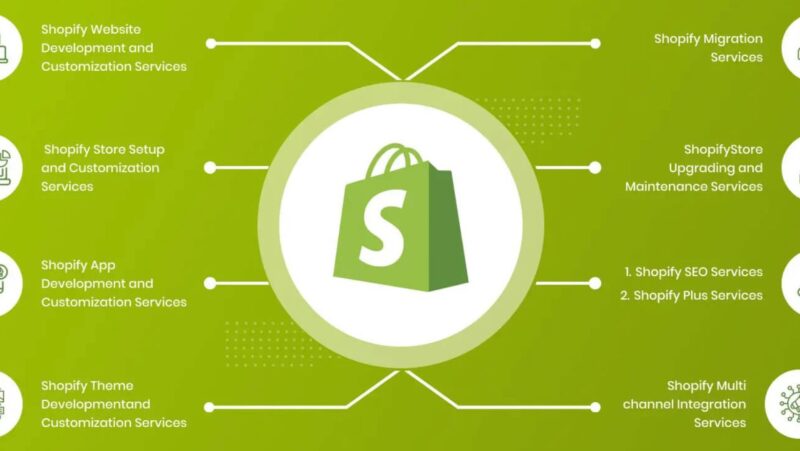
Within the expansive realm of software development, programming languages and frameworks act as vital building blocks: they empower developers to transform their ideas into reality. Whether it be web development or mobile app creation–even extending beyond these applications–the selection of a specific programming language coupled with an appropriate framework is pivotal; this choice determines not only efficiency but also scalability and functionality in software applications. This article plunges into the universe of various programming languages and frameworks; we scrutinize popular choices—highlighting their distinct features along the way.
Java
As one of the most widely used and versatile programming languages in software development, Java achieves a standing: it boasts platform independence; furthermore, its robustness is renowned. Developers favor Java for multiple applications–enterprise-level applications, web services and Android mobile apps specifically. Offering features such as strong type safety; automatic memory management – not to mention an extensive ecosystem of libraries and frameworks including Spring and Hibernate–Java consistently maintains its status as a top choice for those seeking reliability coupled with scalability within their projects.
JavaScript
JavaScript emerges as the de facto language for client-side web development: it powerfully drives dynamic, interactive applications across browsers. The ascension of frameworks such as React; Angular – and Vue.js notably extends JavaScript’s reach to server-side development—specifically with Node.js—and mobile app creation through React Native. Its versatility—notably demonstrated in features like asynchronous programming and functional programming paradigms—solidifies JavaScript firmly within the cornerstone of modern web development.
Swift
Swift has rapidly gained traction as the preferred programming language for building applications on Apple’s iOS and macOS platforms. Developed by Apple, Swift offers a modern and intuitive syntax, enhanced safety features, and improved performance compared to its predecessor, Objective-C. With features like optionals, type inference, and automatic memory management, Swift simplifies the development process and reduces the likelihood of errors.

Its seamless interoperability with existing Objective-C code and extensive standard library make it an ideal choice for iOS and macOS developers looking to create fast, secure, and feature-rich applications for Apple devices. With the growing popularity of Apple’s ecosystem, Swift has become an essential tool for developers seeking to capitalize on the thriving market of iOS and macOS applications.
Python
For its simplicity, readability, and versatility Python has garnered immense popularity: a favorite among novices–and seasoned developers as well. Its position solidifies due to the extensive standard library it offers; further bolstered by an ecosystem rife with third-party packages such as Django for web development, TensorFlow for machine learning, and Flask for microservices. Consequently—Python finds use in diverse applications ranging from web development to data analysis; artificial intelligence to scientific computing. Its clean syntax coupled with its ease of acquisition position Python firmly as one today’s most sought-after programming languages.
NET
Microsoft developed the .NET framework as a comprehensive platform for constructing Windows desktop applications, web applications and web services. Developers can harness robust features like type safety, garbage collection, and seamless integration with Microsoft tools and services using languages such as C# or Visual Basic.NET. Further supporting its versatility is cross-platform development through .NET Core; this empowers developers to create applications that operate on Windows, Linux, and macOS.
React and Angular
Facebook developed React and Google developed Angular, these are two leading frontend frameworks used to construct interactive, responsive web applications. Emphasizing a component-based architecture and virtual DOM manipulation, React allows the creation of fast and efficient user interfaces; Angular – with its features including dependency injection, two-way data binding, and modular architecture – provides an extensive solution for building single-page applications (SPAs). Vibrant communities, extensive documentation, and a plethora of tools and libraries—these are the hallmarks that both frameworks boast; they offer them to streamline development workflows.
Expertise in Emerging Technologies
In today’s rapidly evolving digital landscape, staying ahead of the curve requires expertise in emerging technologies such as artificial intelligence, machine learning, blockchain, and Internet of Things. A software development company invests in research and development to stay abreast of the latest technological trends and advancements, enabling them to offer cutting-edge solutions that meet the evolving needs of their clients.

By leveraging emerging technologies, businesses can unlock new opportunities, improve efficiency, and innovate in their respective industries.
Conclusion
The choice of programming languages and frameworks in software development significantly shapes project success and viability, given its ever-evolving landscape. Selecting the right tools for building enterprise applications, web services, mobile apps or machine learning models is essential to achieve efficiency, scalability and maintainability. Understanding popular programming languages’ unique features–such as Java; JavaScript: Python; .NET–along with their corresponding frameworks like React or Angular allows developers to make informed decisions. This understanding further enables them harness technology’s power: a crucial facet towards realizing their digital-age ideas into fruition.










